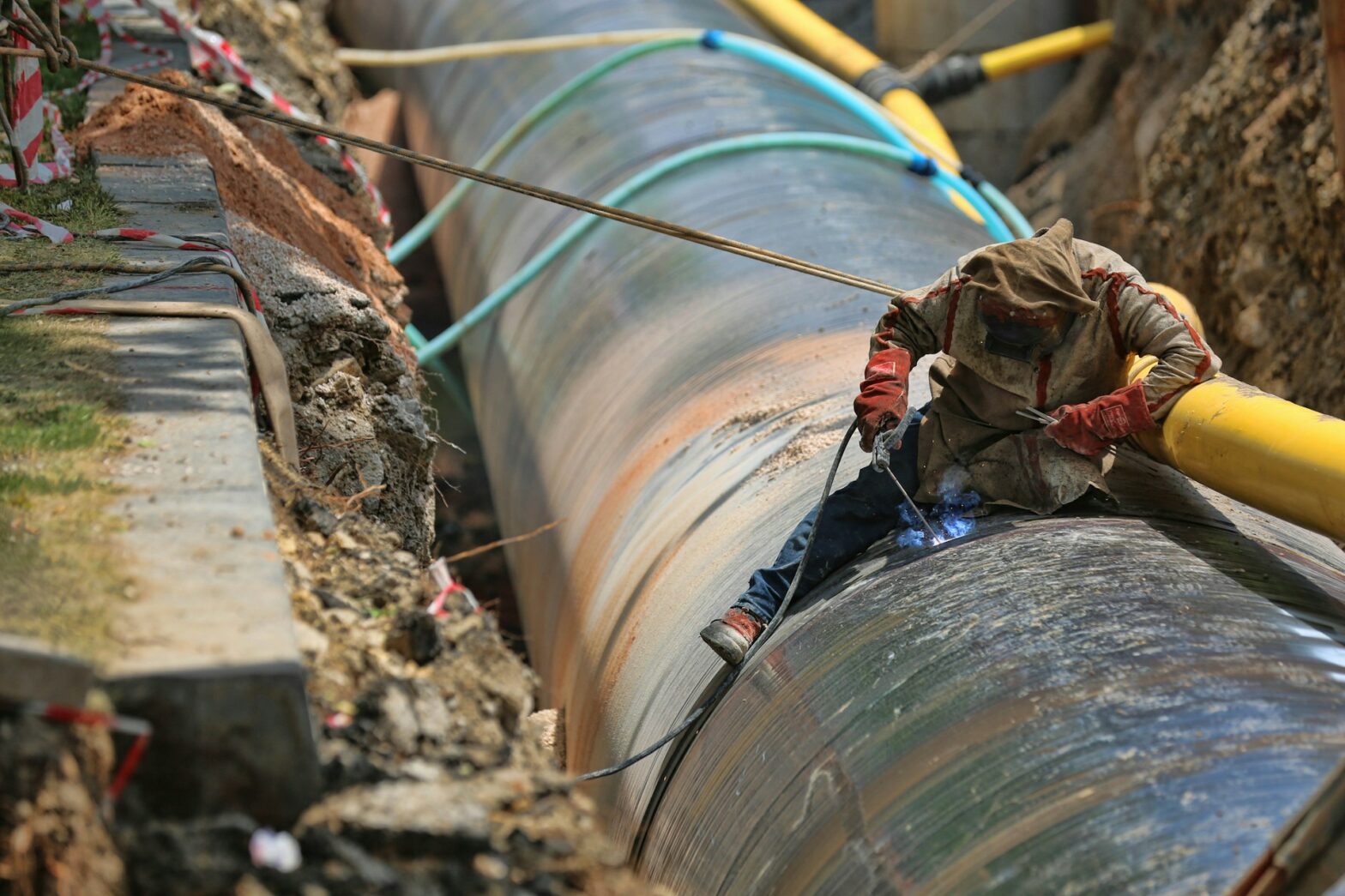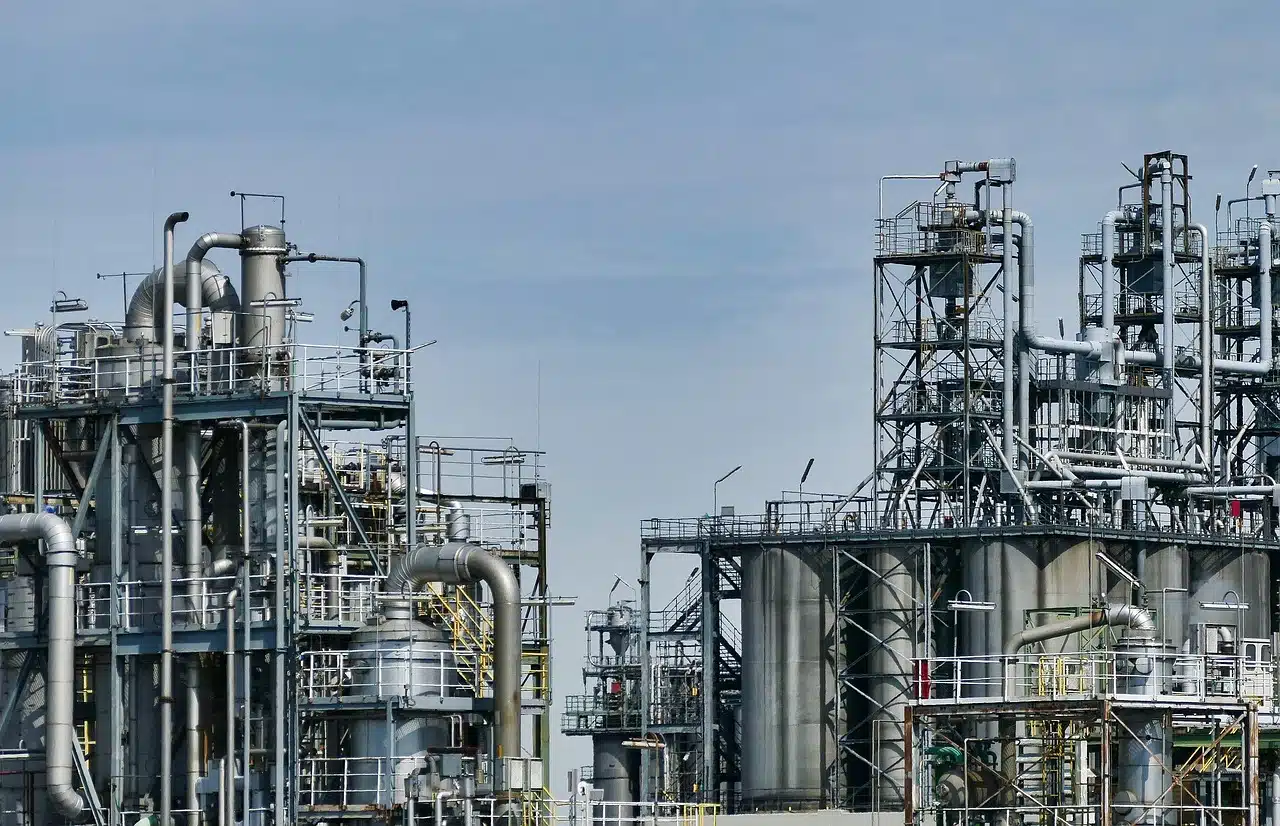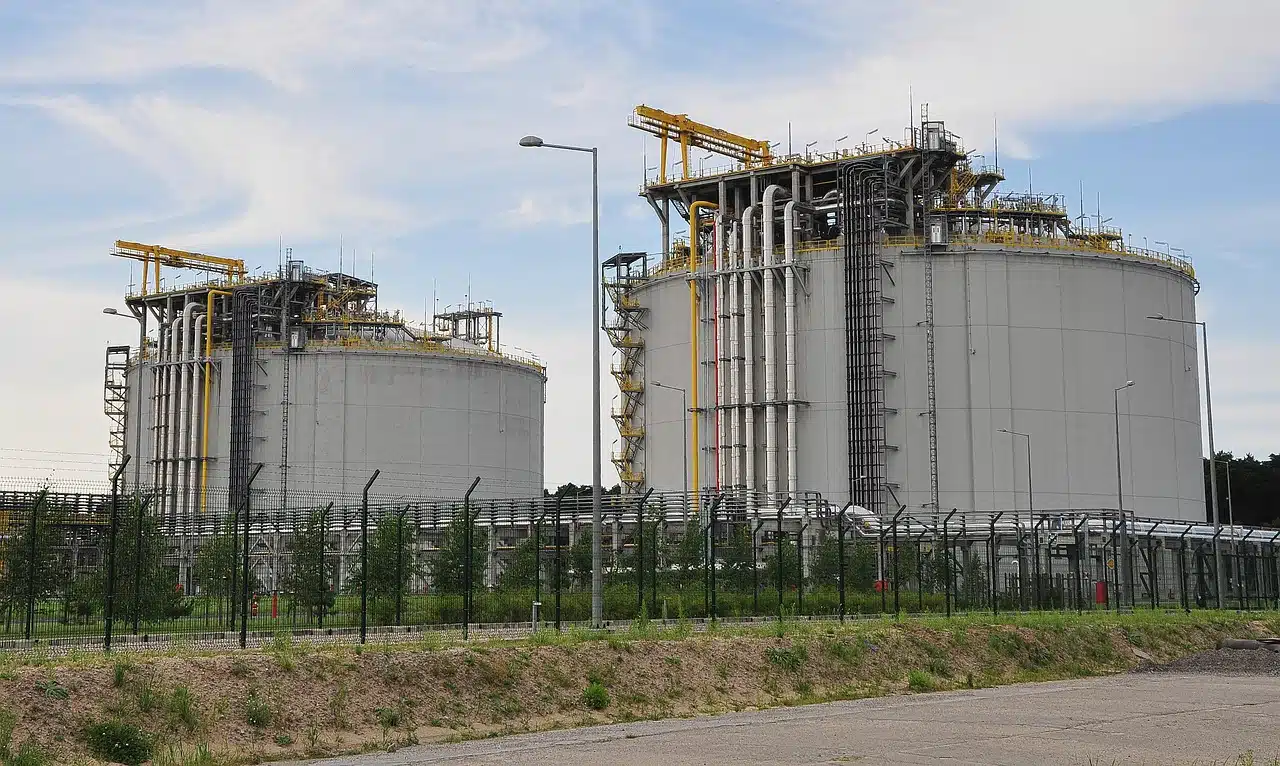TotalEnergies has announced that it has over 65 trillion cubic feet of gas in a single area within the Rovuma Basin off the coast of Mozambique.
Christelle Demars, Geoscience & Reservoir Manager for TotalEnergies’ Mozambique LNG Project, shared this information at the Invest in African Energies: Mozambique Roundtable, organized by the African Energy Chamber and the Mozambique Energy Chamber on Thursday.
Demars said that the high-quality gas resources in the Rovuma Basin are a major draw for the company.
“In just one area, we have 65 trillion cubic feet of gas, which will unlock enormous opportunities for Mozambique,” Demars stated.
She also affirmed TotalEnergies’ commitment to supporting the local market as part of its local content development strategy and its agreement with the Mozambican government.
TotalEnergies’ recent activities in Mozambique
Earlier, Patrick Pouyanne, CEO of TotalEnergies, announced that the United States would approve funding for its Liquefied Natural Gas (LNG) project in Mozambique in the coming weeks.
However, the company’s priority remains to restore peace and security in Cabo Delgado before lifting the force majeure that has been in place since 2021.
Currently, TotalEnergies is awaiting loan re-approvals from the United States, the UK, and Dutch export credit agencies.
Pouyanne expressed uncertainty regarding the UK’s decision to withdraw its assistance, stating that the company is seeking clarification.
TotalEnergies is focused on re-approving essential funding from the U.S. and other export credit agencies to revive the project.
Once considered a pillar of Mozambique’s economic growth, the Mozambique LNG project is currently facing multiple challenges and delays.
As a result, the project’s completion date has been pushed back to 2029 or 2030.
Rovuma Basin
The Rovuma LNG project involves the marketing of gas in the form of liquefied natural gas (LNG) by bringing into production a series of large fields discovered in the Rovuma Basin, offshore Mozambique.
The project’s initial phase involves three fields in the Mamba complex.
In addition, two onshore liquefaction trains will be constructed, each producing 7.6 million tonnes of LNG annually.










